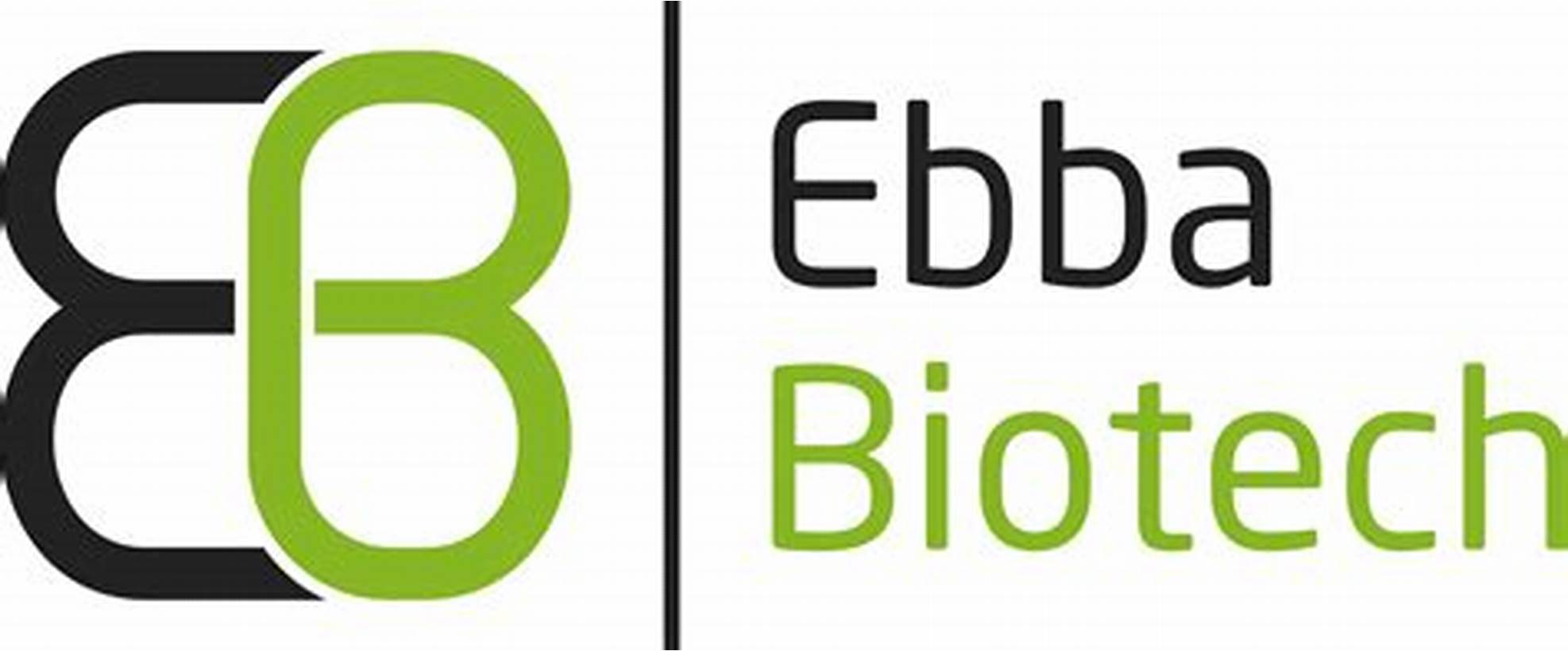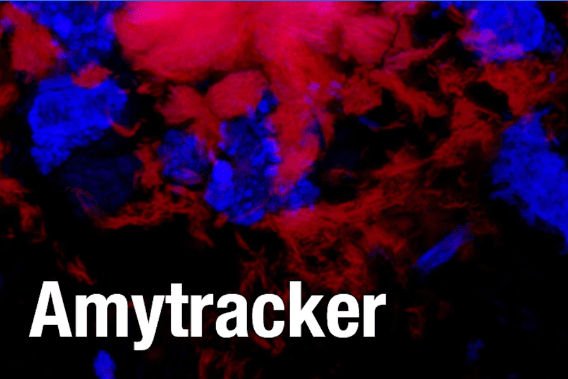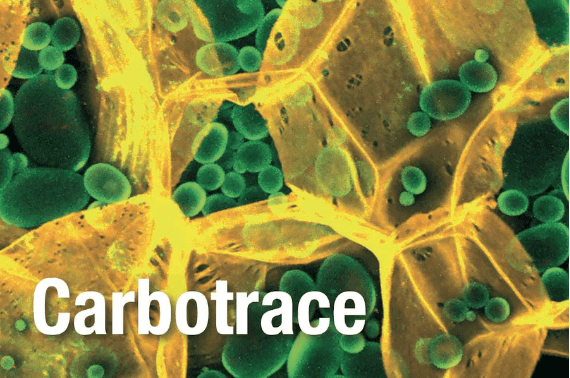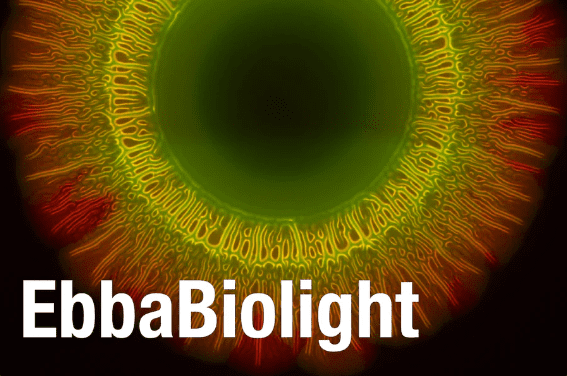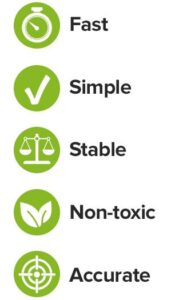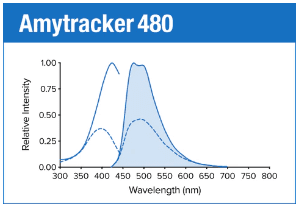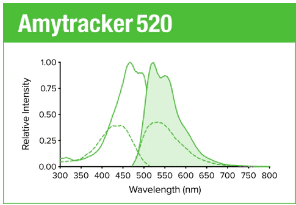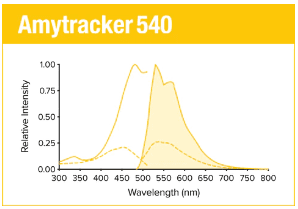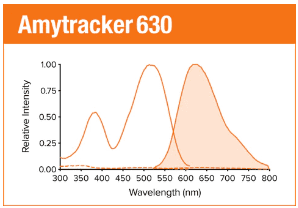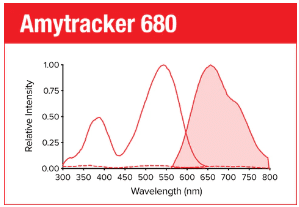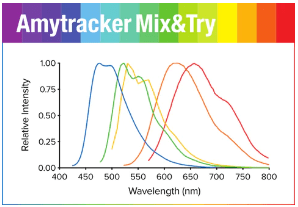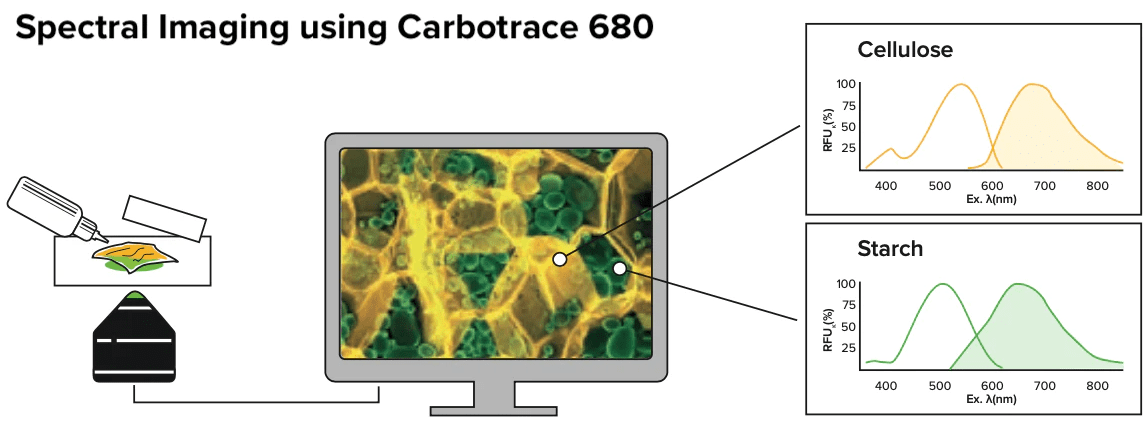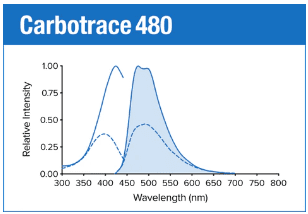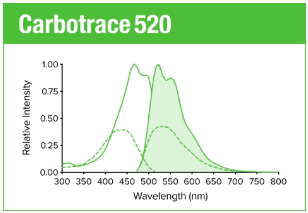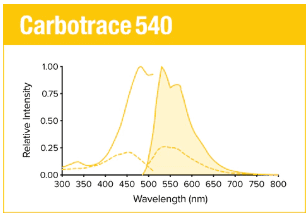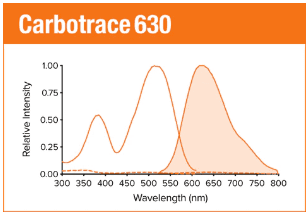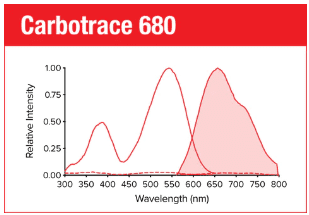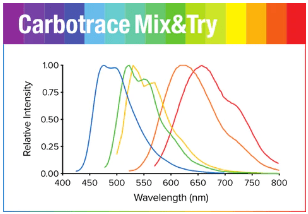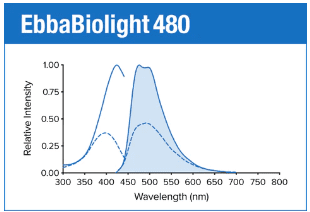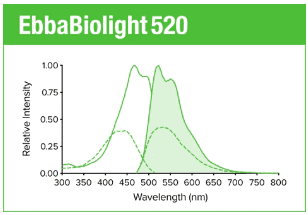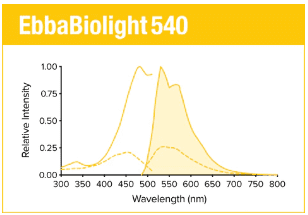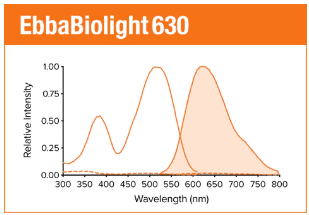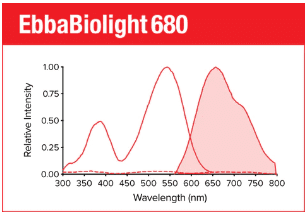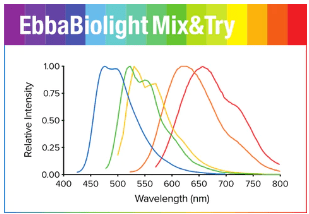EbbaBiolight are optotracers for detection of bacteria & components of bacterial biofilm.
EbbaBiolight molecules allow direct visualisation of bacteria or bacterial biofilm, without using antibodies or any toxic chemicals. The molecules become highly fluorescent when bound to a target, are non-toxic, and do not interfere with bacterial growth or biofilm formation at recommended concentrations so EbbaBiolight can be added to live cultures to track bacterial growth or biofilm formation in real-time using spectrophotometric analysis. Further, EbbaBiolight are photo- and thermostable and allow for easy handling in any application.
We offer the EbbaBiolight optotracers in five different variants that might be screened for applications in various bacterial species and strains. All molecules are available in aliquots of 50 µl, 100 µl, 150 µl or 200 µl (all delivered in 50 µl vials). We also offer an EbbaBiolight Mix&Try kit, that contains 10 µl of each of the five optical tracer molecules from the EbbaBiolight series.
Optotracing
Optotracing is an innovative visualization method developed by scientists for scientists. With optotracing – using fluorescent tracer molecules – Ebba Biotech provides an innovative method for expanding areas of research. The optotracing technology has been developed by a scientific expert team of researchers at Karolinska Institutet, Linköping University and the Royal Institute of Technology (KTH) in Sweden and is a result of many years of cutting-edge nanoscience and organic chemistry research.
We supply and deliver the fluorescent tracer (optotracer) molecules for detection of bacteria and bacterial biofilm in the EbbaBiolight product series. The EbbaBiolight optotracers are a tool to search and detect bacteria & biofilm in hospitals and microbiology laboratories, as well as in industry with high demands to detect bacterial contamination and biofilm formation.
